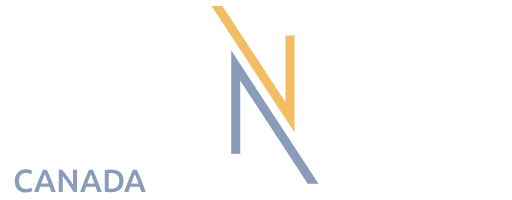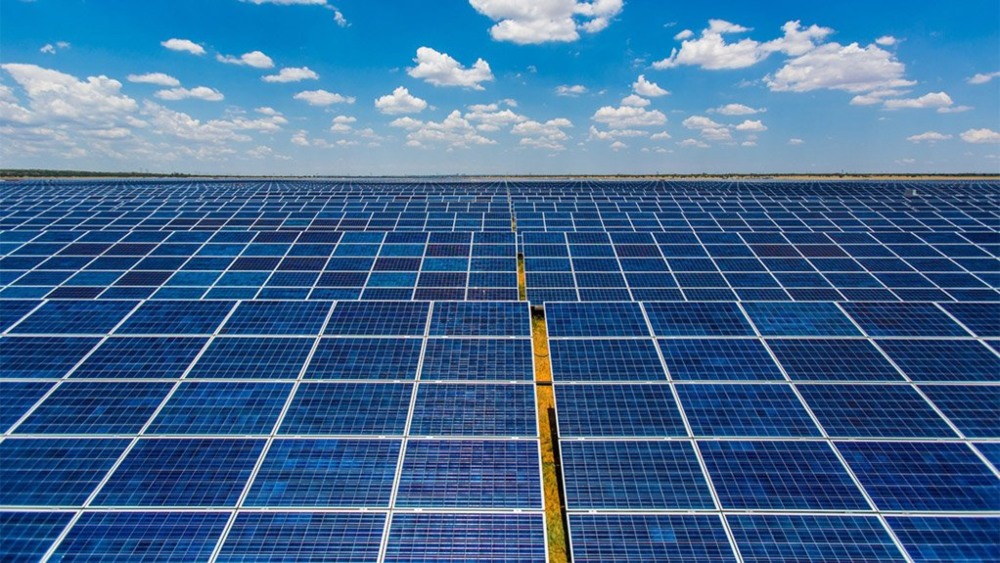The market for critical minerals used in electric vehicles, solar panels and wind turbines has doubled over the past five years, reaching $320-billion in 2022, and is expected to continue to growth strongly amid record deployments of clean energy technologies such as solar and batteries.
The International Energy Agency’s (IEA’s) inaugural ‘Critical Minerals Market Review’ shows that, from 2017 to 2022, the energy sector has been the main factor behind a tripling in overall demand for lithium, as well as the 70% jump in demand for cobalt and the 40% rise in nickel demand.
The market has responded, with investment in critical mineral development rising 30% last year, led by lithium with a 50% jump in investments.
After a surge in 2021 and 2022, the IEA says many critical mineral prices started to moderate in 2023, albeit while remaining above their historical averages.
Nevertheless, IEA executive director Fatih Birol warns that far more needs to be done to ensure supply chains for critical minerals, such as lithium, cobalt, nickel and copper as well as platinum, manganese and various rare-earth minerals, are secure and sustainable.
There is also a need, the report argues, to diversify the sources of supply away from their current concentration in a handful of countries, with the Democratic Republic of Congo dominating cobalt supply, China holding half of planned lithium chemical plants and Indonesia representing nearly 90% of planned nickel refining facilities.
The report also cautions that any project delays and technology-specific shortfalls could undermine both the pace and cost of the transition to those energy technologies needed by 2030 to limit global warming to 1.5 °C.
The IEA, which began analysing the role of critical minerals in the energy transition in 2021 and subsequently received a mandate from its member governments to track developments, has also launched an interactive online tool to improve visibility of market dynamics.
The IEA Critical Minerals Data Explorer currently provides users with access to the agency’s demand projections under various scenarios and technology trends and supply-side information will be added in future updates.
The IEA is also preparing to host an international critical minerals summit in Paris, France, on September 28.



